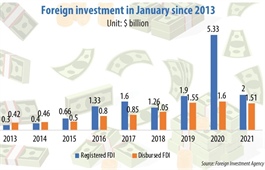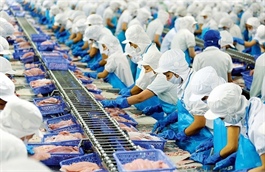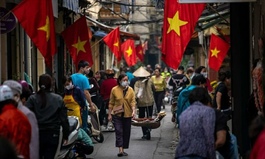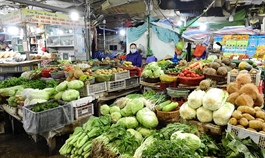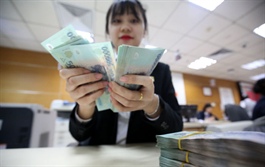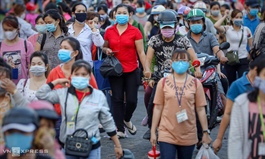Vietnam speeds up implementation of trade agreement with Cuba
Vietnam speeds up implementation of trade agreement with Cuba
The two countries target to increase the trade value to US$500 by 2025.
Vietnam’s Prime Minister Nguyen Xuan Phuc asked different ministries to step up the implementation of a trade agreement with Cuba that took effect in April 2020.
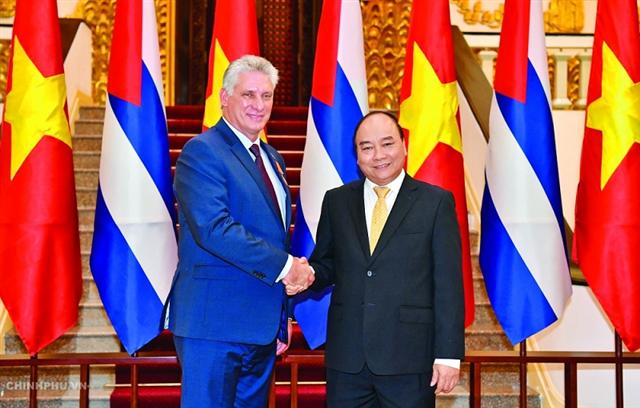
Vietnam'S Prime Minister Nguyen Xuan Phuc (right) and Cuba's President Miguel Díaz-Canel Bermúdez in 2018. Photo: VGP
|
Under the PM’s decision signed on February 3, authorized bodies include the Ministry of Industry and Trade, the Ministry of Finance, the Ministry of Science and Technology, and the Ministry of Agriculture and Rural Development.
The Vietnam-Cuba Trade Agreement was signed in Hanoi in November 2018 replacing the agreement on trade exchange and other form of economic cooperation signed in 1996.
The agreement, with 14 chapters, covers regulations on trade in goods, rules of origin, customs management and trade facilitation, technical standards, food safety, and animal and plant quarantine, among others.
Under the pact, the two sides have pledged to eliminate or reduce tariffs on nearly all commodities currently traded between them over the next five years.
The government in April 2020 issued a decree promulgating Vietnam’s Special Preferred Import Tariff for the implementation of the Vietnam-Cuba Trade Agreement for 2020-23.
Accordingly, import tariffs on 514 items from Cuba, including some types of shrimp, fish, honey and fruit, cement, chromium ore, disinfectants, protective suits and wireless internet devices have been slashed to 0%.
For the 49 remaining tariff lines, tax rates will be cut gradually. Commodities such as sugar and unprocessed tobacco will have their tariff rates reduced to 15% in four years, cigarettes and cigars to 70%, and liquor and alcohol to 20%.
In 2019, trade between Vietnam and Cuba stood at US$226.81 million, including US$221.62 million in exports from Vietnam.
Vietnam’s staples to Cuba include rice, coffee, chemical products, apparel, and footwear while its imported items are vaccines and pharmaceuticals.



